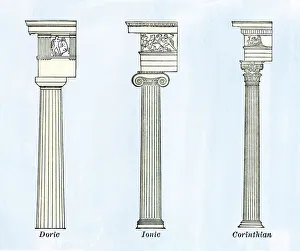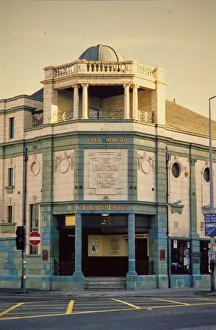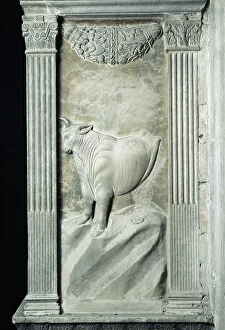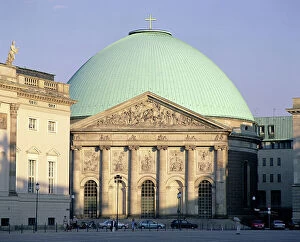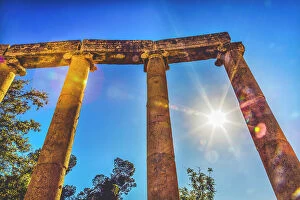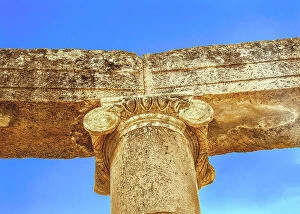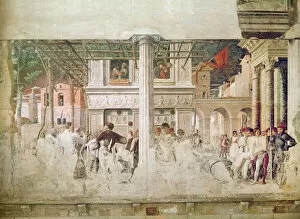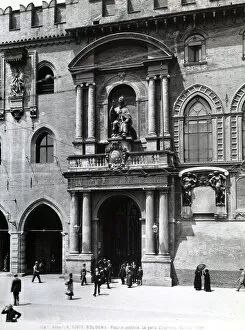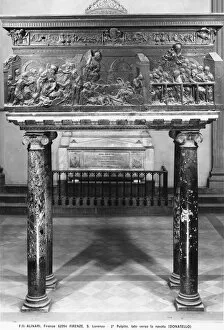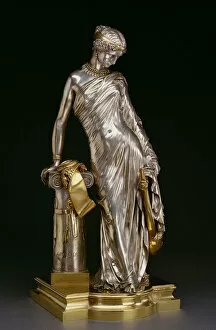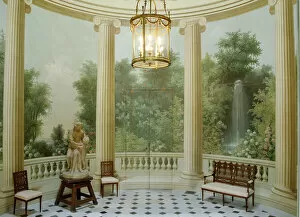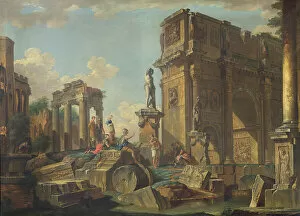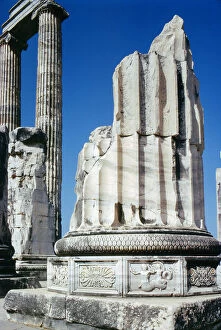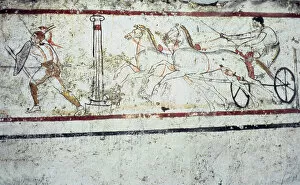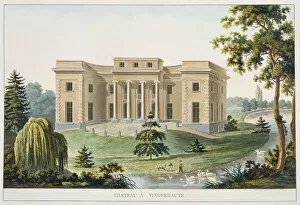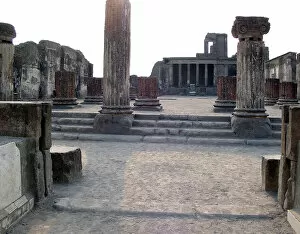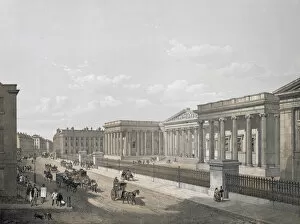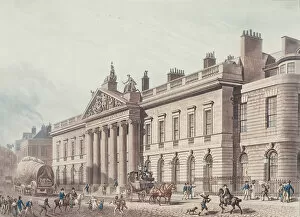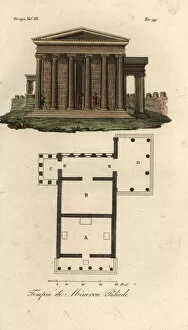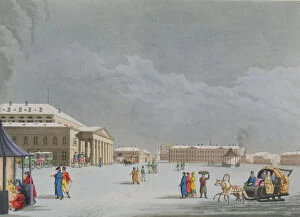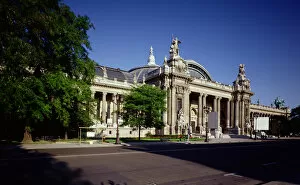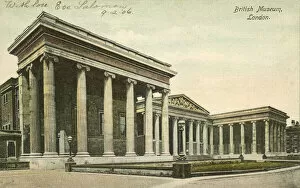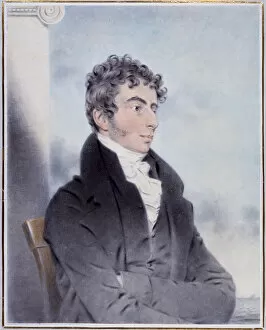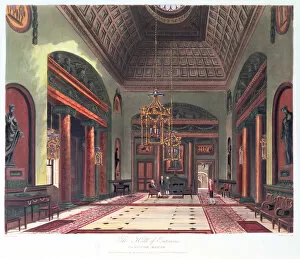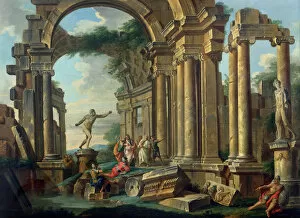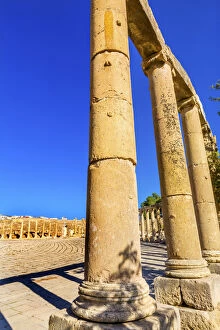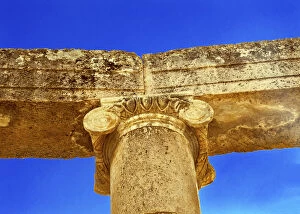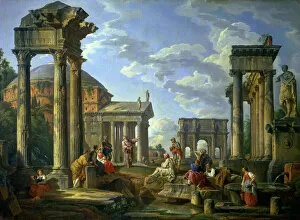Ionic Column Collection
The Ionic column is one of the three classical orders of ancient Greek architecture, alongside the Doric and Corinthian columns
For sale as Licensed Images
Choose your image, Select your licence and Download the media
The Ionic column is one of the three classical orders of ancient Greek architecture, alongside the Doric and Corinthian columns, and is known for its slender and graceful design, characterized by a base, shaft with flutes, and a capital adorned with volutes. In the heart of Manchester stands Flea and Firkin, an architectural marvel boasting impressive Ionic columns that exude elegance and sophistication. These columns pay homage to the rich history of Greek architecture while adding a touch of grandeur to this bustling city. Step back in time as you gaze upon "The martyrdom of Saint Christopher" fresco from c. 1450-56. This masterpiece showcases intricate details amidst a backdrop framed by majestic Ionic columns. The moving depiction transports you to another era, where art was used to tell stories that touched hearts. Take in the breathtaking view through the portal captured in black and white photography. The juxtaposition between light and shadow highlights the timeless beauty of these iconic columns as they stand tall against nature's elements. Marvel at the pulpit inside Basilica made entirely out of bronze - an architectural feat showcasing skilled craftsmanship combined with elegant Ionic detailing. Its presence commands attention while providing a platform for spiritual guidance within this sacred space. A silvered and gilt bronze figure of Sappho Standing captures her essence beautifully atop an Ionic column pedestal from 1848. This stunning piece pays tribute to one of Ancient Greece's most celebrated poets while serving as a testament to artistic excellence throughout history. Transport yourself into opulence within the Round Dining Room located in Pavillon de Musique built-in 1781. Adorned with exquisite Ionic columns lining its walls, this room becomes more than just a place for meals but rather an experience steeped in luxury fit for royalty. An Architectural Capriccio featuring the Arch of Constantine takes us on a whimsical journey through time where different architectural styles converge harmoniously under towering Ionic pillars. This captivating artwork showcases the versatility and adaptability of this iconic column design.

